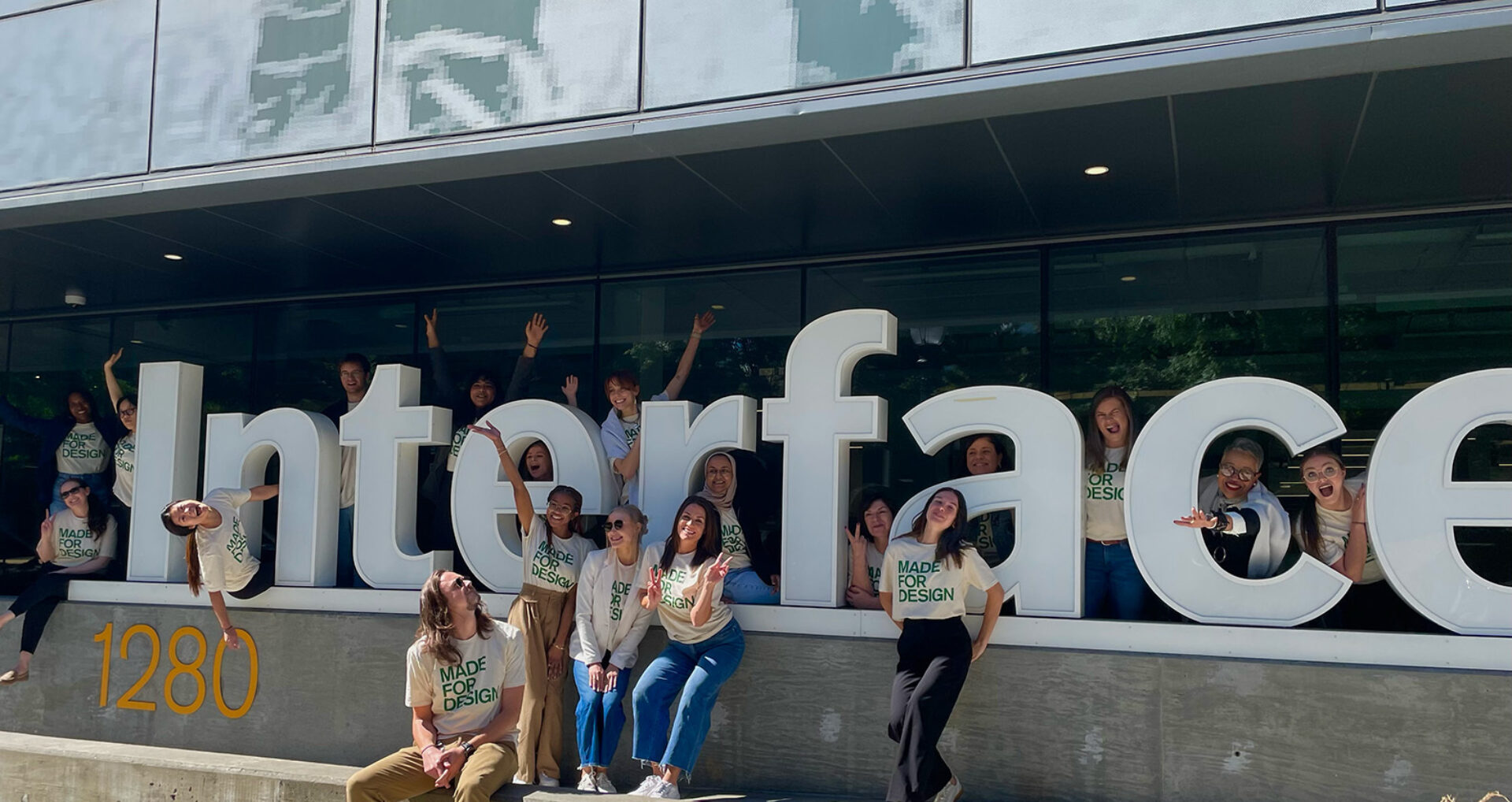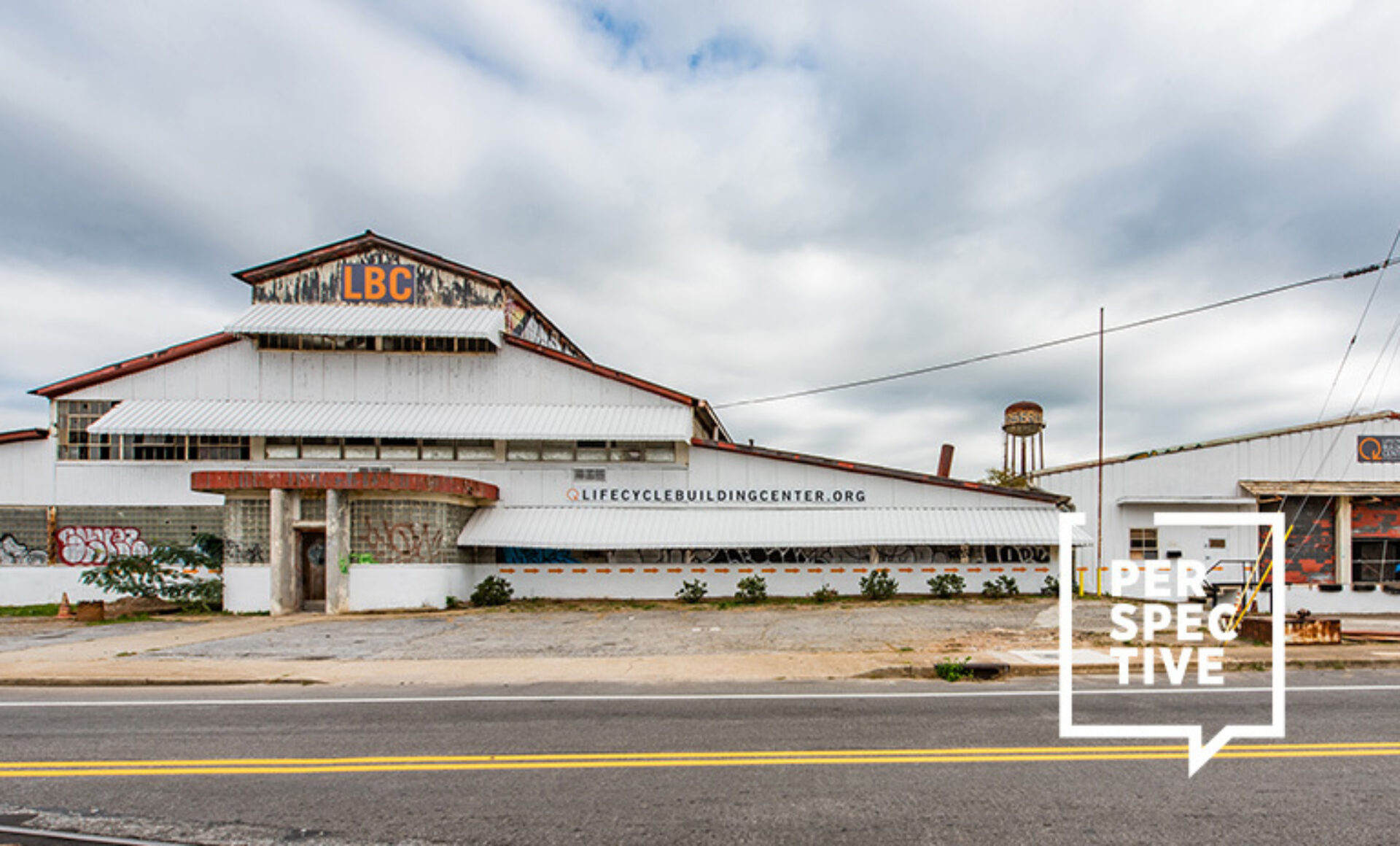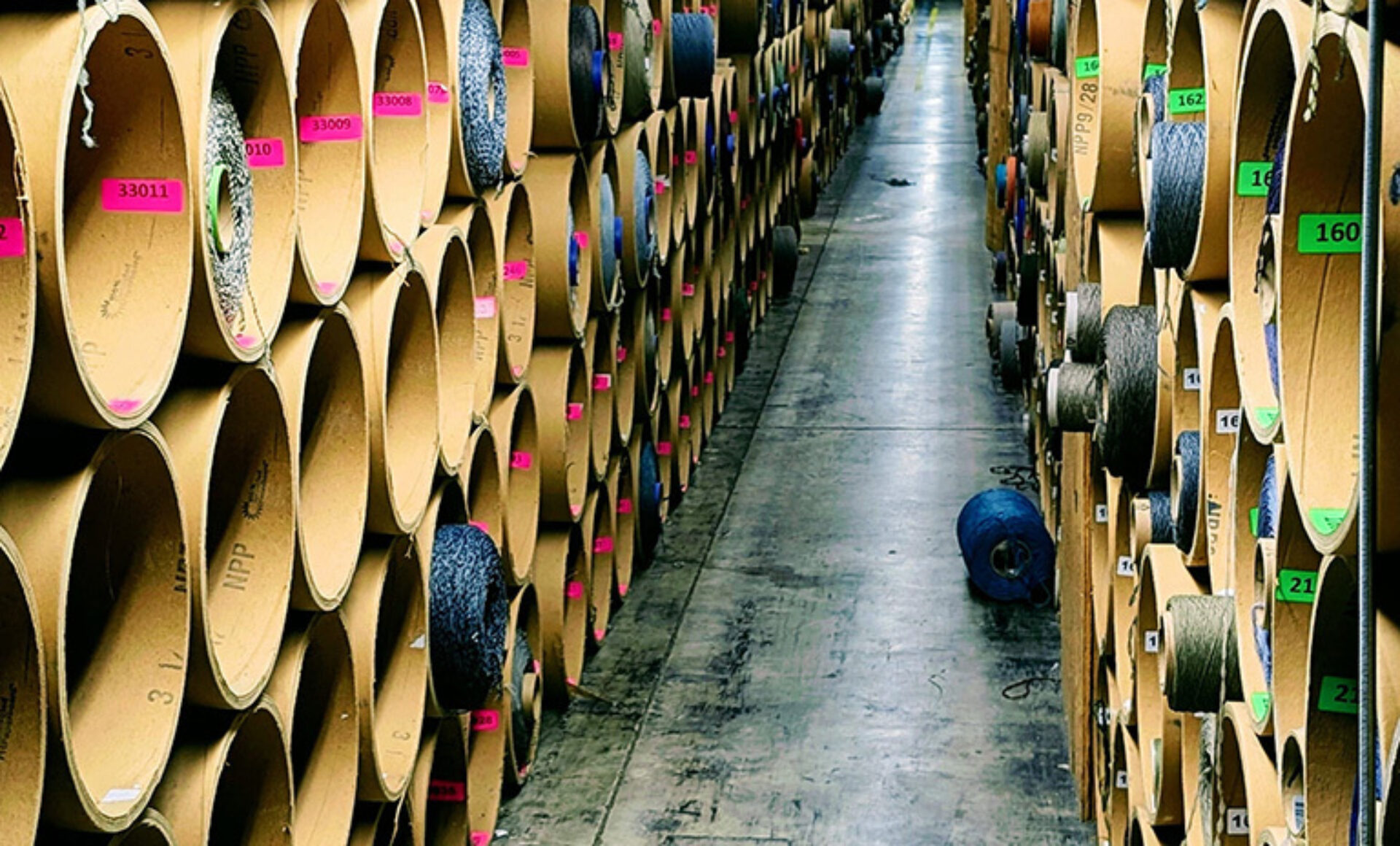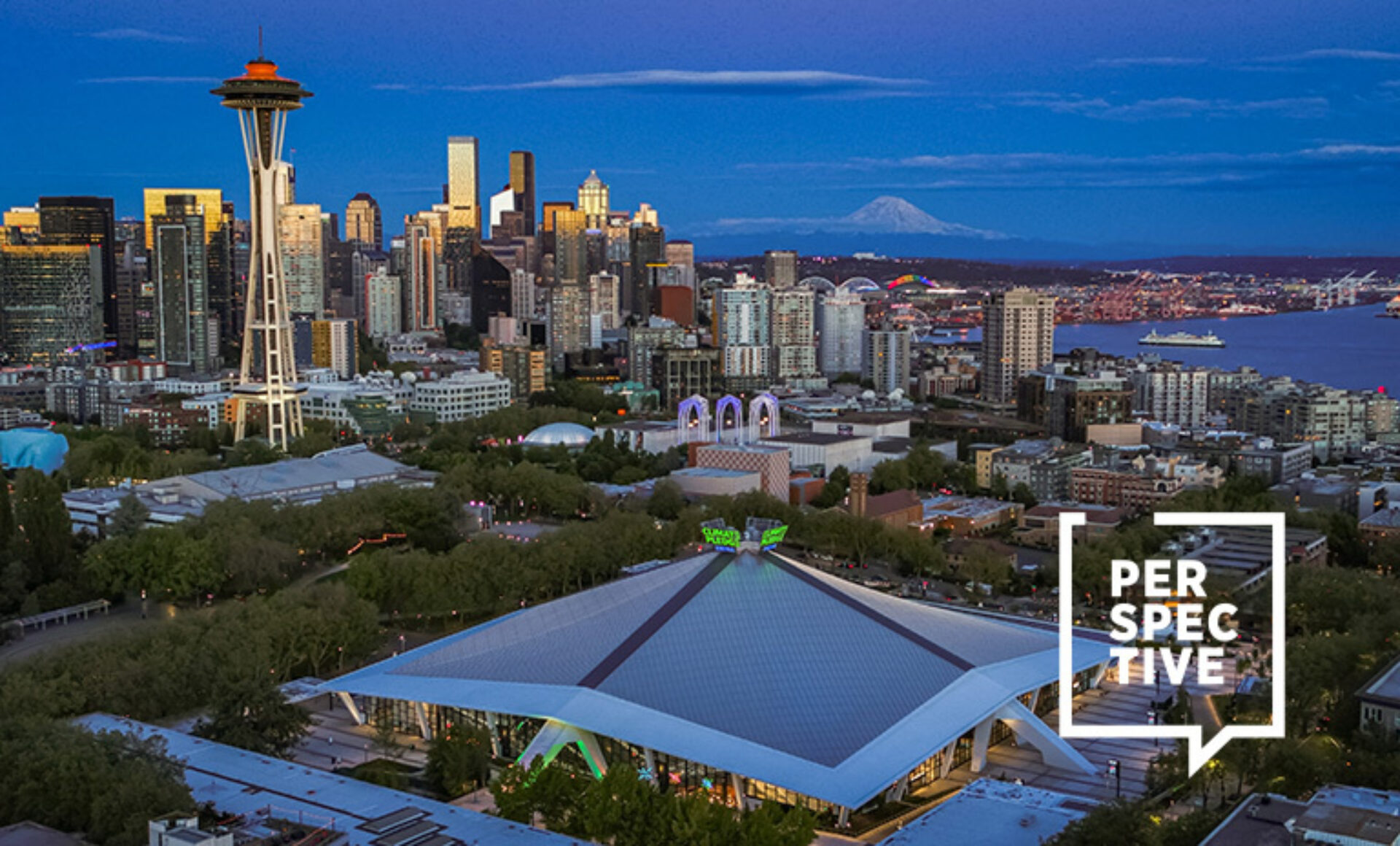In the design industry—in pretty much every industry—we have a distance to travel before sustainability is second nature. Interface + IIDA’s Converge Action Summit is actively working to change that.
The yearly event brings together sustainability leaders and emerging designers for knowledge-sharing, coalition-building, and focused learning on the latest developments in sustainable design. The goal? Send early-career designers back to their firms armed with actionable tools and takeaways to heighten sustainability in their work and wider communities.
This past October, designers from around the country (and outside it—shout out to our Canadian Converge attendees) convened in Atlanta at Interface’s global headquarters, affectionately called “Base Camp,” for three days of sustainable scholarship and action planning. While the summit is invite-only, we believe that when it comes to the health of people and our planet, the best knowledge should be free.
Below you’ll find five takeaways from Converge 2024 (and keep an eye on IIDA’s Academy Page, which will be updated soon with recorded sessions from the summit):
Think circularly. The Environmental Protection Agency (EPA) estimates that 8.5 million tons of office assets end up in landfills each year. Just think—that’s billions of pounds worth of task chairs, among other pieces of office furniture, in the trash heap. Whenever and however possible, it’s crucial to reuse furniture that’s still functional, either by shifting it to different locations in the case of multi-site workplaces, reselling secondhand pieces, or donating usable furniture. A circular economy requires all of us to “circle up”—to create more collaborations throughout the design industry, because sharing information will help us all get to better ways of working faster.

Reach for continuous achievement, not just avoidance. The International Living Future Institute, the nonprofit organization behind the widely known Living Building Challenge, created a resource called the “Red List,” a list of “worst in class” chemicals detrimental to human and environmental health. At the Converge Summit, some designers noted that their firms frequently specify products free of Red List chemicals. While that’s a good and worthwhile step to take, Joey Shea, the Manager of North American Sustainability at Interface, also urged designers to think bigger, broader, and bolder—to make each project more sustainable than the last.

Sweeten your sustainability messaging. Ramping up industry-wide sustainable efforts is a moral imperative, and many designers feel deeply passionate about this work. When communicating the need for sustainable practices to clients, colleagues, and fellow industry members, it’s helpful to “add a little sugar” to the message, said Ronnie Belizaire, IIDA, International Board Member and Studio Practice Leader and Principal at HKS. As she pointed, nobody enjoys straight lemon juice, but everybody loves lemonade. Advocate for sustainability in a way that’s powerful yet palatable; invite others in rather than calling them out.

Tell a good story. When talking about sustainability to clients, firm leaders, or peers, tell the human health and wellbeing story. Talk about the impact of sustainable practices—or the human health and environmental consequences when those practices are lacking—in terms of how people and communities are directly affected. You’re more likely to move the needle and get others to adopt sustainable programs (or ramp up their efforts) when your sustainability story focuses on people rather than abstract concepts. In regard to sustainable projects or products, be clear about the benefits to the end user; supply stats about end user benefits that can be included in town halls, annual reports, and on websites, which will all

Sometimes doing nothing is better than doing something. One way to achieve more sustainability is by doing less—making fewer upgrades; reusing existing assets; working within the existing structure of a space, rather than overhauling it; striving to generate less waste. As Matt Hayner, Co-Managing Principal at HLGstudio, emphasized, less is more is a philosophy that can fuel sustainable practices. This can also minimize costs; apply client dollars to the aspects of a project that have the most impact, rather than redesigning across the board.

Perhaps the biggest takeaway from Converge? Don’t let “sustainability” be an empty buzzword—let’s all do our part to ensure it’s an action verb.
From new models for reuse to remanufacturing, there are more sustainable solutions than ever before—there are many roads that can deliver us to a future that is good for the climate, good for business, good for end users, and good for humanity.





